Home>Furniture>Living Room Furniture>How To Remove Scratches From A Coffee Table
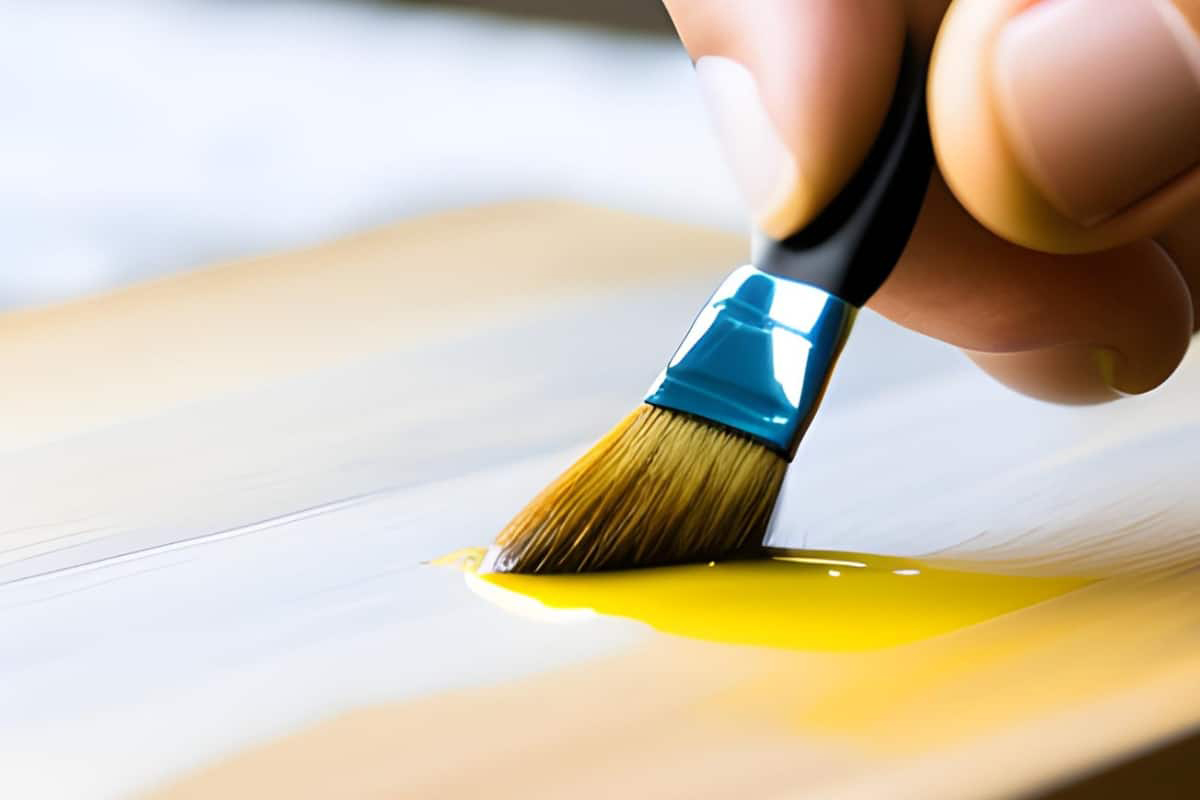

Living Room Furniture
How To Remove Scratches From A Coffee Table
Modified: August 23, 2024
Learn how to easily remove scratches from your living room furniture, including coffee tables, with our step-by-step guide. Transform your furniture and restore its original beauty.
(Many of the links in this article redirect to a specific reviewed product. Your purchase of these products through affiliate links helps to generate commission for Storables.com, at no extra cost. Learn more)
Introduction
Having scratches on your coffee table can be frustrating, especially if it’s a piece you love and want to keep looking its best. However, there’s no need to worry. With the right materials and techniques, you can easily remove those pesky scratches and restore your coffee table to its former glory.
In this article, we will explore different methods for removing scratches from your coffee table. Whether your table is made of wood, glass, or any other material, we’ve got you covered. Read on to learn how you can revive your coffee table and make it look as good as new.
Before we jump into the methods, let’s quickly go over the materials you’ll need. Most of these items can be found in your kitchen or bathroom, making the scratch removal process convenient and cost-effective. Here’s what you’ll need:
- Baking soda
- Toothpaste
- Olive oil
- Vinegar
- Lemon juice
- Salt
- Paper towels or microfiber cloth
- Soft cloth or sponge
- Commercial scratch remover (optional)
Now that you have the necessary materials, let’s delve into the different methods you can use to remove scratches from your coffee table. Remember to choose the method that best suits the material of your table and follow the instructions carefully.
Key Takeaways:
- Easily remove scratches from your coffee table using everyday items like baking soda, toothpaste, and olive oil. Follow simple steps to restore your table’s beauty and keep it looking new.
- Take precautions and test methods before removing scratches. Use gentle pressure, work with the grain, and avoid harsh chemicals to achieve the best results. Protect your coffee table for long-lasting beauty.
Materials Needed
To successfully remove scratches from your coffee table, you’ll need a few simple materials. Most of these items can be found in your kitchen or bathroom, making it easy to gather everything you need to get started. Here’s what you’ll need:
- Baking Soda: Baking soda is a mild abrasive that can help gently polish and buff out scratches.
- Toothpaste: Non-gel toothpaste works as a mild abrasive and can be used to remove shallow scratches.
- Olive Oil: Olive oil acts as a natural polish, helping to hide and minimize the appearance of scratches.
- Vinegar: White vinegar can be used to clean and restore the shine of your coffee table after removing scratches.
- Lemon Juice: Lemon juice combined with salt can help remove deeper scratches from wooden surfaces.
- Salt: Salt acts as an additional abrasive when combined with lemon juice, helping to buff out scratches.
- Paper Towels or Microfiber Cloth: These will be used to apply the cleaning agents and buff the scratched area.
- Soft Cloth or Sponge: A soft cloth or sponge will be used to gently clean and wipe down the coffee table.
- Commercial Scratch Remover (Optional): If the scratches are deep or more stubborn, you may consider using a commercial scratch remover specifically designed for your coffee table’s material.
The above materials are versatile and can be used on different types of coffee tables, including wood, glass, or plastic. However, it’s important to note that some materials may require a bit of extra care. For example, glass surfaces may need a glass-specific cleaner and a soft cloth to avoid scratching the surface further.
Now that you have all the necessary materials, let’s move on to the various methods you can use to remove scratches from your coffee table. Each method is tailored to address specific types of scratches and surfaces, ensuring you achieve the best results possible.
Method 1: Using Baking Soda and Water
Baking soda is a versatile household ingredient that can be used for various cleaning purposes, including removing scratches from your coffee table. This method is especially effective for light scratches on wood, plastic, or metal surfaces. Here’s how you can use baking soda and water to remove scratches:
- Mix a small amount of baking soda with water to create a thick paste.
- Apply the baking soda paste to the scratched area on your coffee table.
- Gently rub the paste onto the scratch in a circular motion using a soft cloth or sponge.
- Continue rubbing for a few minutes, applying gentle pressure.
- Wipe away the excess paste with a damp cloth.
- Inspect the scratched area to see if the scratch has diminished. If needed, repeat the process.
- Once the scratches have faded or disappeared, clean the entire coffee table with a mild soap and water solution.
- Dry the table thoroughly with a clean cloth or towel.
This method works by gently buffing away the superficial layers of the scratch, gradually minimizing its appearance. Baking soda is a mild abrasive that helps smooth out the surface while the circular rubbing motion distributes the paste evenly for optimal results.
It’s important to note that this method may not completely eliminate deep or severe scratches. It is best suited for superficial surface scratches and blemishes. For more severe damage, you may need to explore alternative methods or consider refinishing the coffee table.
Now that you’ve learned how to use baking soda and water to remove scratches, let’s move on to the next method: using toothpaste.
Method 2: Using Toothpaste
If you have non-gel toothpaste lying around, you can harness its mild abrasive properties to remove shallow scratches from your coffee table. This method works best on surfaces like wood, plastic, and glass. Here’s how you can use toothpaste to remove scratches:
- Dampen a soft cloth or sponge with water.
- Squeeze a small amount of toothpaste onto the cloth or sponge.
- Gently rub the toothpaste onto the scratched area in a circular motion.
- Continue rubbing for a few minutes, applying light pressure.
- Use a clean damp cloth to wipe away the excess toothpaste.
- Inspect the scratched area to see if the scratch has improved. If needed, repeat the process.
- Once the scratches have diminished or disappeared, clean the entire coffee table with a mild soap and water solution.
- Dry the table thoroughly with a clean cloth or towel.
The mild abrasiveness of the toothpaste helps to buff out the scratches gradually, making them less noticeable. The circular motion allows for even distribution of the toothpaste, ensuring consistent results.
It’s important to use non-gel toothpaste for this method, as gel toothpaste does not have the same abrasive properties. Additionally, it’s always wise to test the toothpaste on a small, inconspicuous area of the coffee table first to ensure it does not cause any damage or discoloration.
While toothpaste is effective for shallow scratches, it may not completely eliminate deep or severe scratches. In such cases, you may need to explore other methods or consider seeking professional help to restore your coffee table.
Now that you’ve learned how to use toothpaste to remove scratches, let’s move on to the next method: using olive oil and vinegar.
Method 3: Using Olive Oil and Vinegar
Olive oil and vinegar are not only kitchen staples but also handy for removing scratches from your coffee table, especially if it’s made of wood. The combination of these two ingredients helps to nourish and polish the wood, making scratches less noticeable. Here’s how to proceed:
- In a small bowl, mix equal parts olive oil and vinegar.
- Dip a soft cloth or sponge into the mixture, ensuring it is well-saturated.
- Gently rub the mixture onto the scratched area, following the direction of the wood grain.
- Continue rubbing for a few minutes, allowing the mixture to penetrate the wood.
- Use a clean cloth to wipe away any excess oil and vinegar from the table.
- Assess the scratched area to see if the scratches have improved. If needed, repeat the process.
- Once the scratches have faded or disappeared, clean the entire coffee table with a mild soap and water solution.
- Thoroughly dry the table with a clean cloth or towel.
The combination of olive oil and vinegar helps to moisturize the wood and restore its natural shine. It works by filling in the scratches and smoothing out the surface, making them less noticeable to the eye.
Keep in mind that this method is specifically designed for wooden coffee tables, and it may not work as effectively on other surfaces. Also, it is important to use a high-quality olive oil to achieve the best results and maintain the longevity of your coffee table.
Now that you’ve learned how to use olive oil and vinegar to remove scratches, let’s move on to the next method: using lemon juice and salt.
Use a mixture of equal parts of olive oil and vinegar to gently buff out scratches on a wooden coffee table. Apply the mixture with a soft cloth, rubbing in the direction of the wood grain. Wipe off any excess and the scratches should be less noticeable.
Method 4: Using Lemon Juice and Salt
If you have a wooden coffee table with deeper scratches, using a mixture of lemon juice and salt can be an effective solution. Lemon juice acts as a natural bleach, while salt acts as an additional abrasive to help buff out the scratches. Here’s how you can use this method:
- In a small bowl, combine equal parts lemon juice and salt to create a paste.
- Dip a soft cloth or sponge into the paste, making sure it’s well-coated.
- Gently rub the paste onto the scratched area, following the direction of the wood grain.
- Continue rubbing for a few minutes, applying light pressure.
- Use a clean cloth to wipe away any excess paste from the table.
- Inspect the scratched area to see if the scratches have improved. If needed, repeat the process.
- Once the scratches have faded or disappeared, clean the entire coffee table with a mild soap and water solution.
- Thoroughly dry the table with a clean cloth or towel.
The combination of lemon juice and salt works to bleach out the scratches, making them less noticeable while the salt acts as a gentle abrasive to buff out the surface. This method is effective for addressing deeper scratches and blemishes on wooden surfaces.
It’s important to note that lemon juice has a mild bleaching effect and may lighten the color of the wood slightly. Before applying the paste, test it on a small, inconspicuous area of your coffee table to ensure it doesn’t cause any undesired effects.
Now that you’ve learned how to use lemon juice and salt to remove scratches, let’s move on to the next method: using commercial scratch removers.
Method 5: Using Commercial Scratch Removers
If the scratches on your coffee table are deep, persistent, or on a delicate surface, using a commercial scratch remover specifically designed for your table’s material can be the best option. These products are formulated with specialized ingredients to effectively repair and minimize the appearance of scratches. Here’s how to use a commercial scratch remover:
- Read and follow the instructions provided with the commercial scratch remover carefully.
- Clean the scratched area and surrounding surface with a mild soap and water solution, ensuring it’s completely dry before proceeding.
- Apply a small amount of the scratch remover to a soft cloth or sponge, following the product’s guidelines.
- Gently rub the scratch remover onto the scratched area, using a circular motion or following the direction of the grain, as instructed.
- Continue rubbing for the recommended duration, ensuring even coverage.
- Wipe away any excess product with a clean cloth, being cautious not to damage the surrounding areas.
- Inspect the scratched area to see if the scratch has improved. If needed, repeat the process or apply an additional layer of the scratch remover.
- Once you’re satisfied with the results, clean the entire coffee table with a mild soap and water solution to remove any residue from the scratch remover.
- Dry the table thoroughly with a clean cloth or towel.
Commercial scratch removers are available for various materials, such as wood, glass, metal, and plastic. It’s crucial to choose a product that is specifically designed for your coffee table’s material to ensure compatibility and optimal results.
While commercial scratch removers can be highly effective, it’s essential to carefully follow the instructions and test the product in an inconspicuous area before applying it to the scratched surface. Additionally, be mindful of any safety precautions mentioned on the product label.
Now that you’ve learned about using commercial scratch removers let’s move on to some precautions and tips to keep in mind throughout the scratch removal process.
Precautions and Tips
When removing scratches from your coffee table, it’s important to take certain precautions to avoid causing further damage and ensure the best possible results. Here are some precautions and tips to keep in mind:
- Test in a small area: Before applying any scratch removal method or product to the entire table, test it on a small, inconspicuous area first. This will help you determine if it’s safe to use and won’t cause any unwanted effects.
- Follow instructions: Whether you’re using homemade remedies or commercial scratch removers, carefully read and follow the instructions provided. Each method may have specific guidelines that are crucial for optimal results.
- Use gentle pressure: When applying the scratch removal solution or rubbing the scratched area, use gentle pressure. Applying excessive force can potentially damage the surface or create new scratches.
- Work with the grain: If you’re working on a wooden coffee table, always rub in the direction of the wood grain. This helps to blend the repaired area seamlessly with the rest of the table.
- Keep it consistent: Be patient and consistent with your approach. Some methods may take multiple attempts to achieve the desired results. Take your time and repeat the process if necessary.
- Avoid harsh chemicals: While some materials may require specialized cleaners, it’s generally best to avoid using harsh chemicals or abrasive cleaners as they can cause more harm than good. Stick to gentler solutions and test them first.
- Protective measures: To prevent future scratches, consider using coasters, placemats, or felt pads under objects that are frequently moved on the coffee table.
- Maintain regular cleaning: Regularly clean and care for your coffee table using appropriate cleaning methods and products to keep it in good condition and minimize the chances of scratches.
- Professional assistance: For extensive damage or if you’re unsure about the best course of action, it may be wise to seek professional assistance. They will have the expertise and tools to restore your coffee table effectively.
By following these precautions and tips, you can enhance the success of your scratch removal endeavors while ensuring the longevity and beauty of your coffee table.
Now that you’re equipped with the knowledge of different methods, precautions, and tips, you’re ready to dive into removing scratches from your coffee table. Choose the method that suits your table’s material and the severity of the scratches, and enjoy the process of rejuvenating your beloved furniture piece.
Remember, each scratch tells a story, and it’s up to you to make sure those stories are only visible to those who know and love your coffee table.
Conclusion
Your coffee table is an essential piece of furniture that adds beauty and functionality to your living room. Over time, scratches may appear, dulling its overall appearance. However, with the right methods and a little effort, you can easily remove those scratches and restore your coffee table to its former glory.
In this article, we explored various methods to remove scratches from different types of coffee tables, including wood, glass, and plastic. From using simple household ingredients like baking soda, toothpaste, olive oil, and vinegar, to employing commercial scratch removers, you have a range of options to choose from depending on the severity and material of the scratches.
Throughout the process, it’s crucial to follow precautions and tips to ensure the best results. Testing the methods in inconspicuous areas, using gentle pressure, working with the grain, and avoiding harsh chemicals are all important aspects to consider.
Remember, patience is key when attempting to remove scratches from your coffee table. Results may not be immediate, and multiple attempts might be necessary. However, with consistency and care, you can significantly improve the appearance of your table.
By taking preventive measures, such as using protective coasters or regularly cleaning and maintaining your coffee table, you can minimize the chances of future scratches and keep it looking its best for years to come.
If you’re unsure about the best course of action or encounter deep or severe scratches, seeking professional assistance is always an option. Professionals have the skills and expertise to tackle extensive damage and restore your coffee table effectively.
So don’t let scratches dim the beauty of your coffee table. With these methods, precautions, and tips in mind, you can confidently rejuvenate your beloved furniture piece and enjoy its timeless elegance in your living room.
Frequently Asked Questions about How To Remove Scratches From A Coffee Table
Was this page helpful?
At Storables.com, we guarantee accurate and reliable information. Our content, validated by Expert Board Contributors, is crafted following stringent Editorial Policies. We're committed to providing you with well-researched, expert-backed insights for all your informational needs.
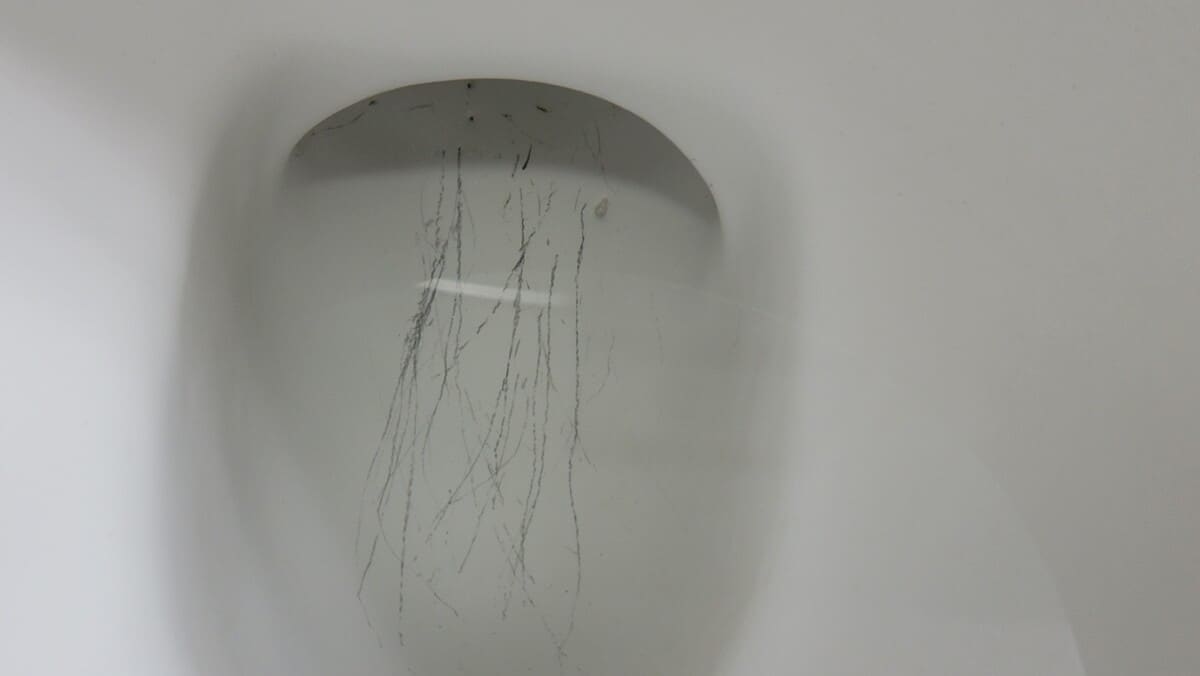
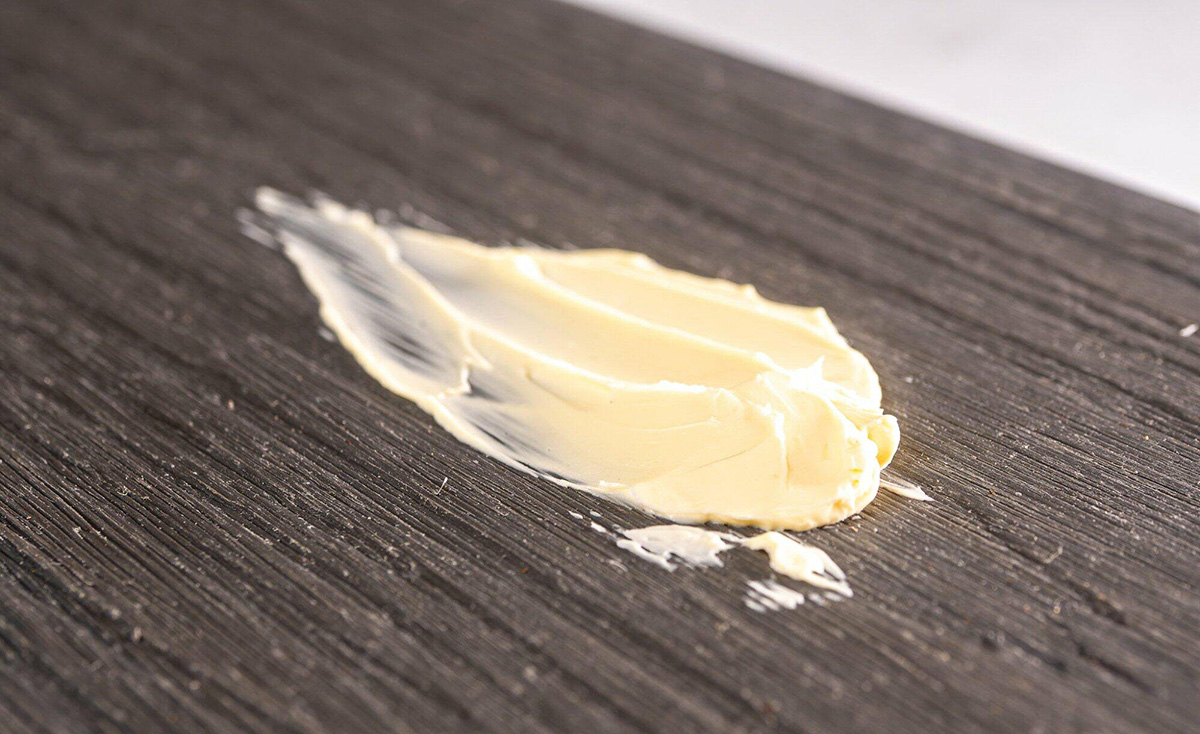
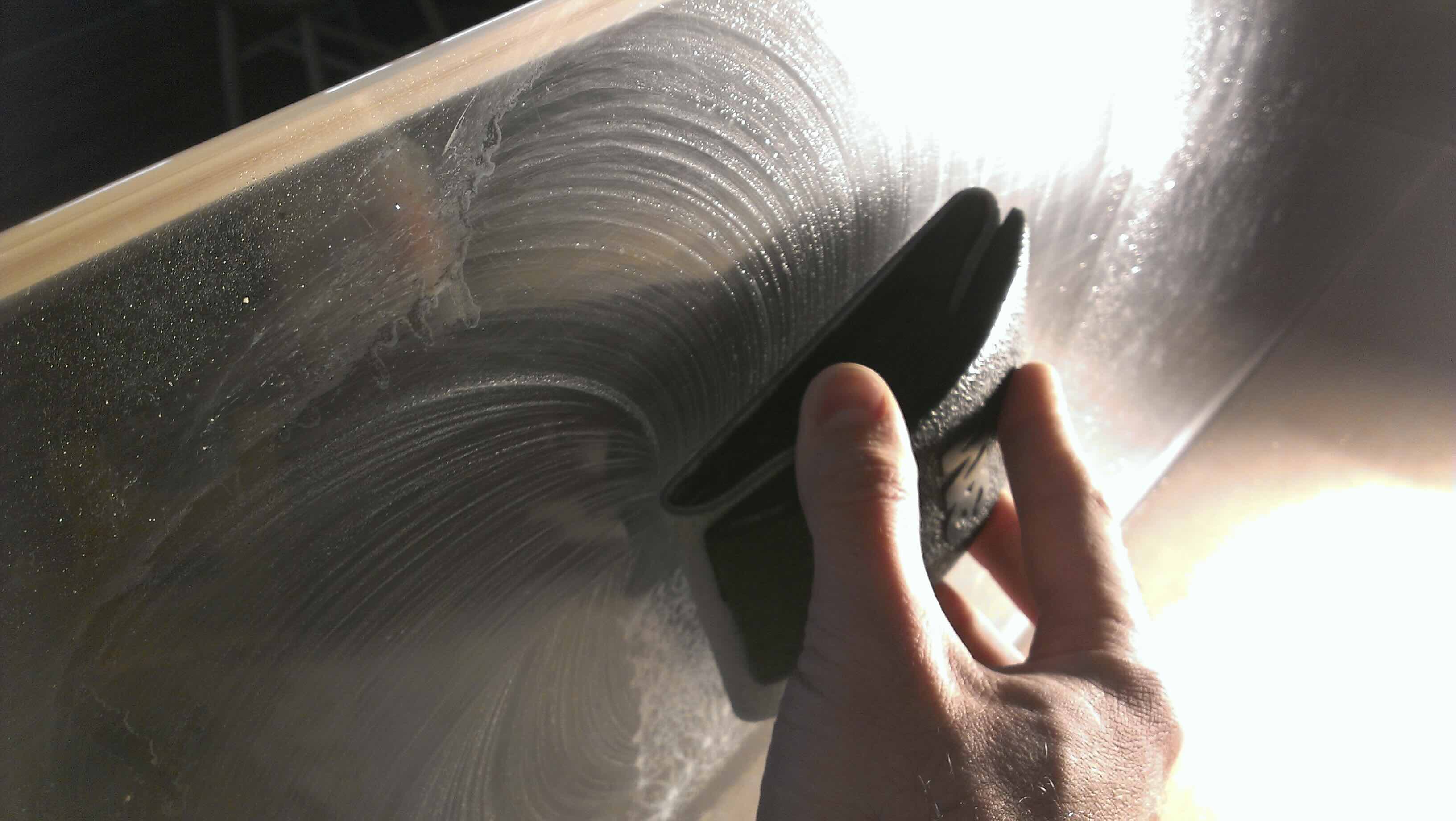
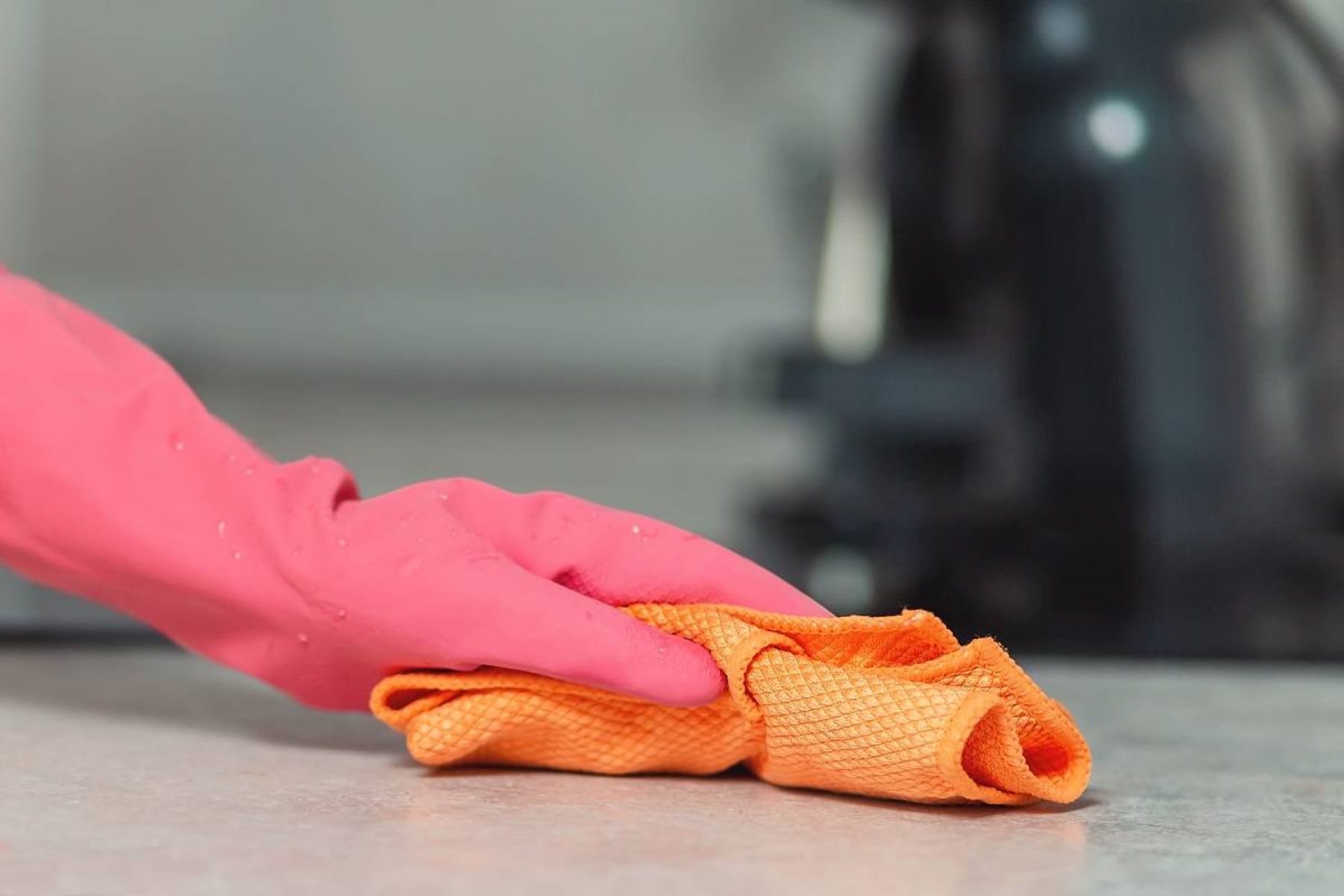
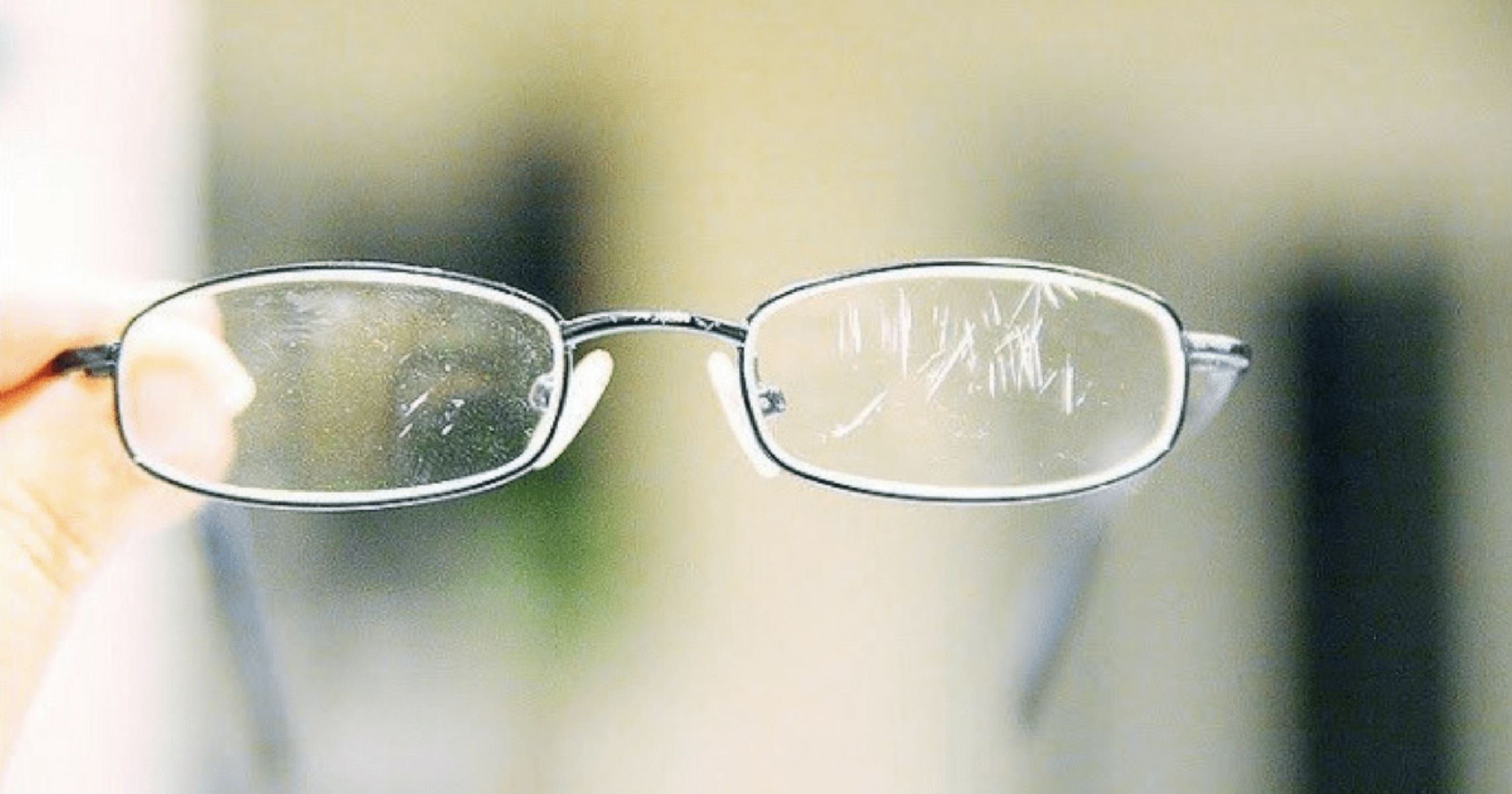
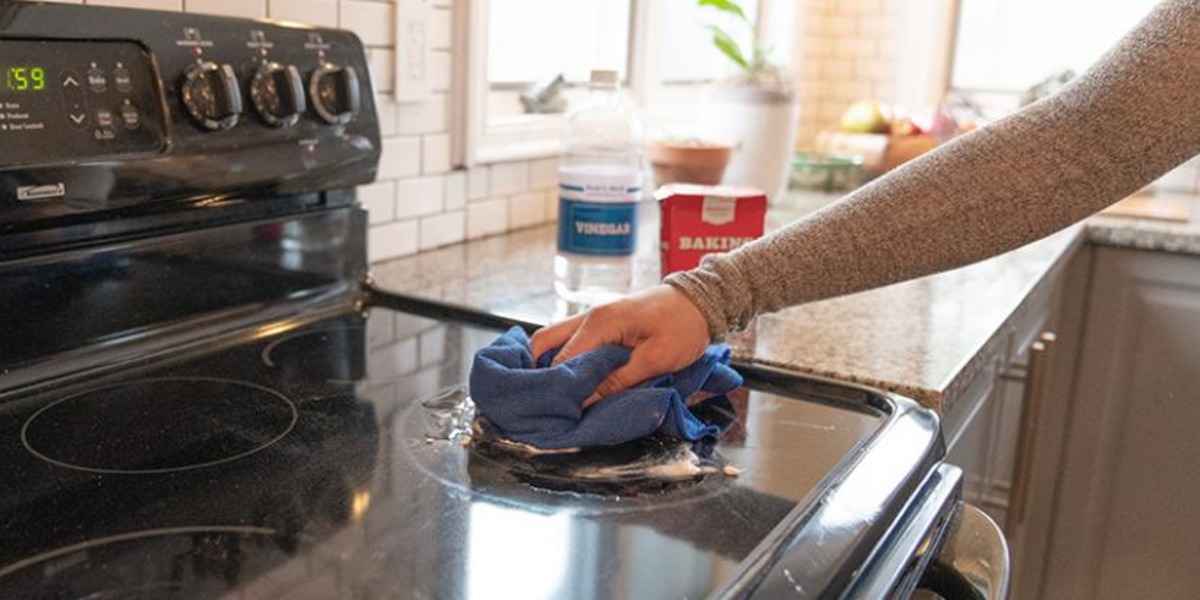
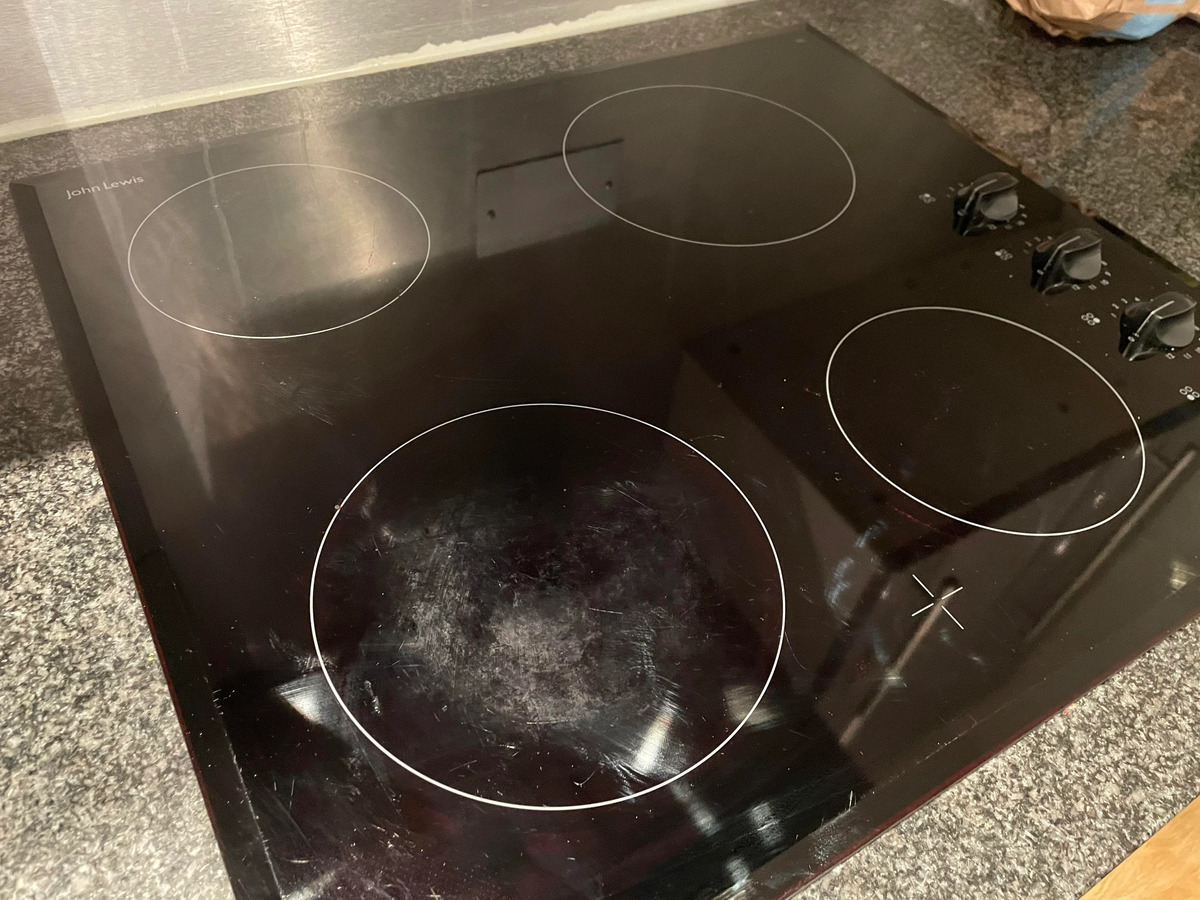
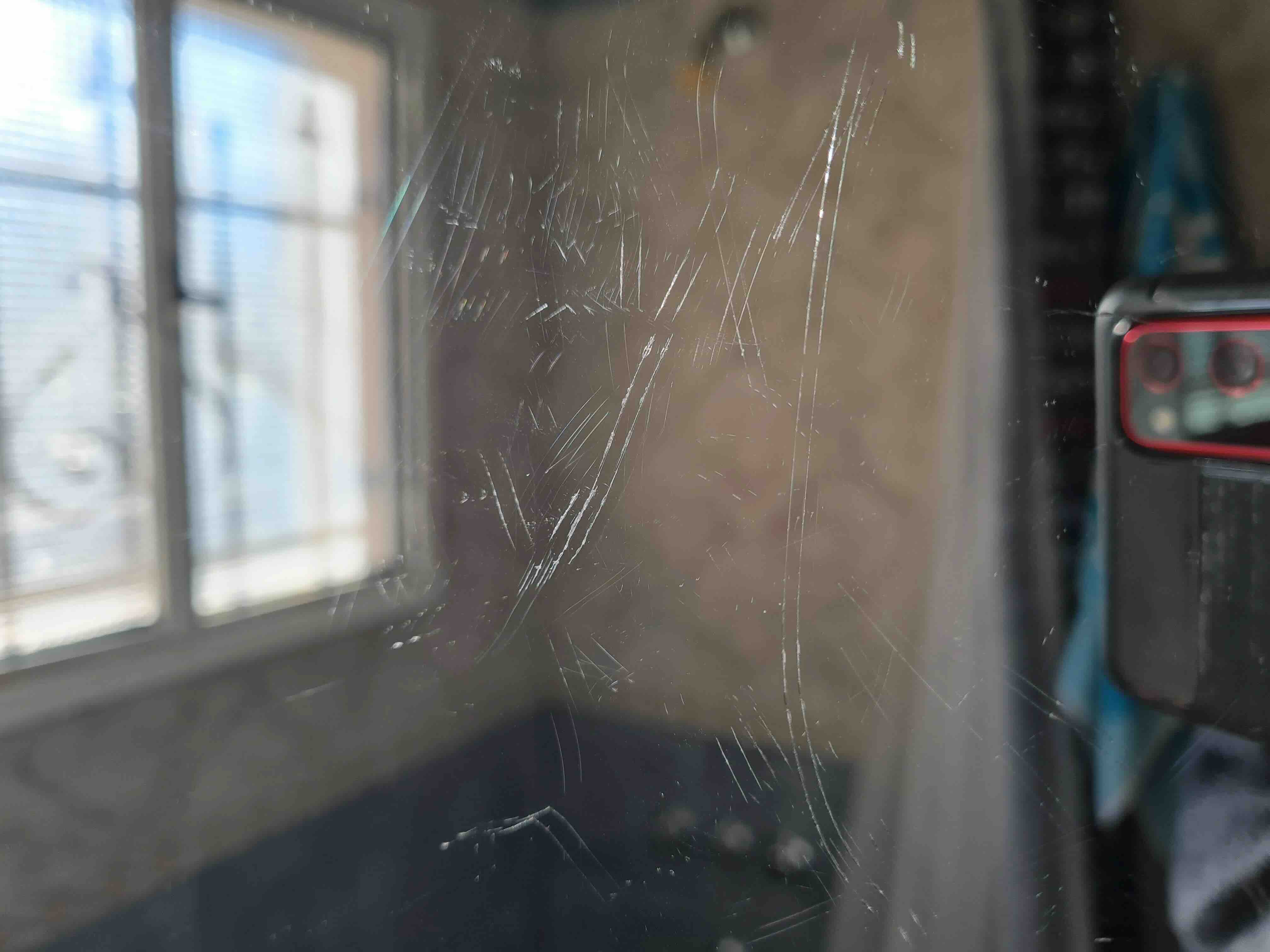
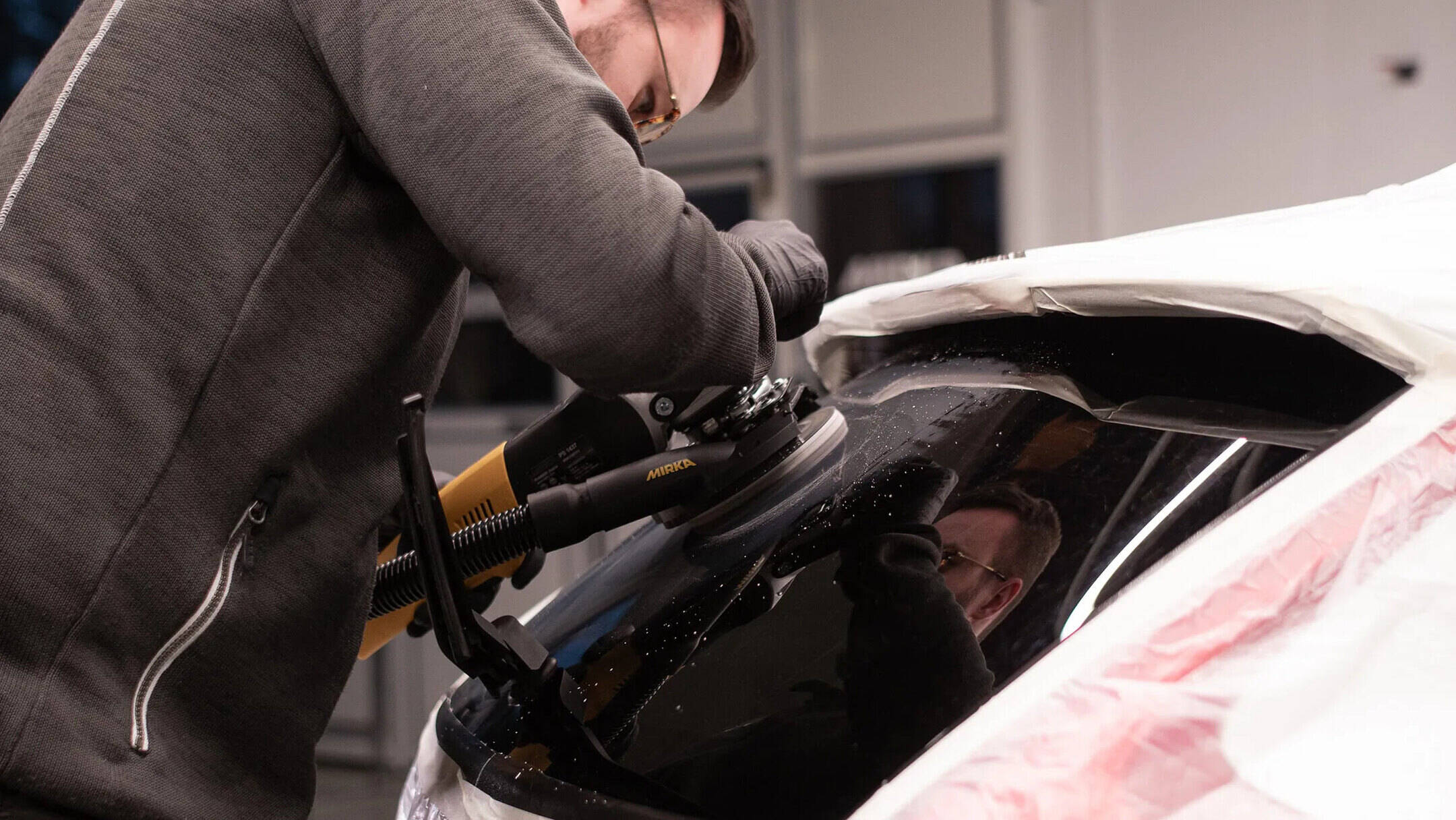
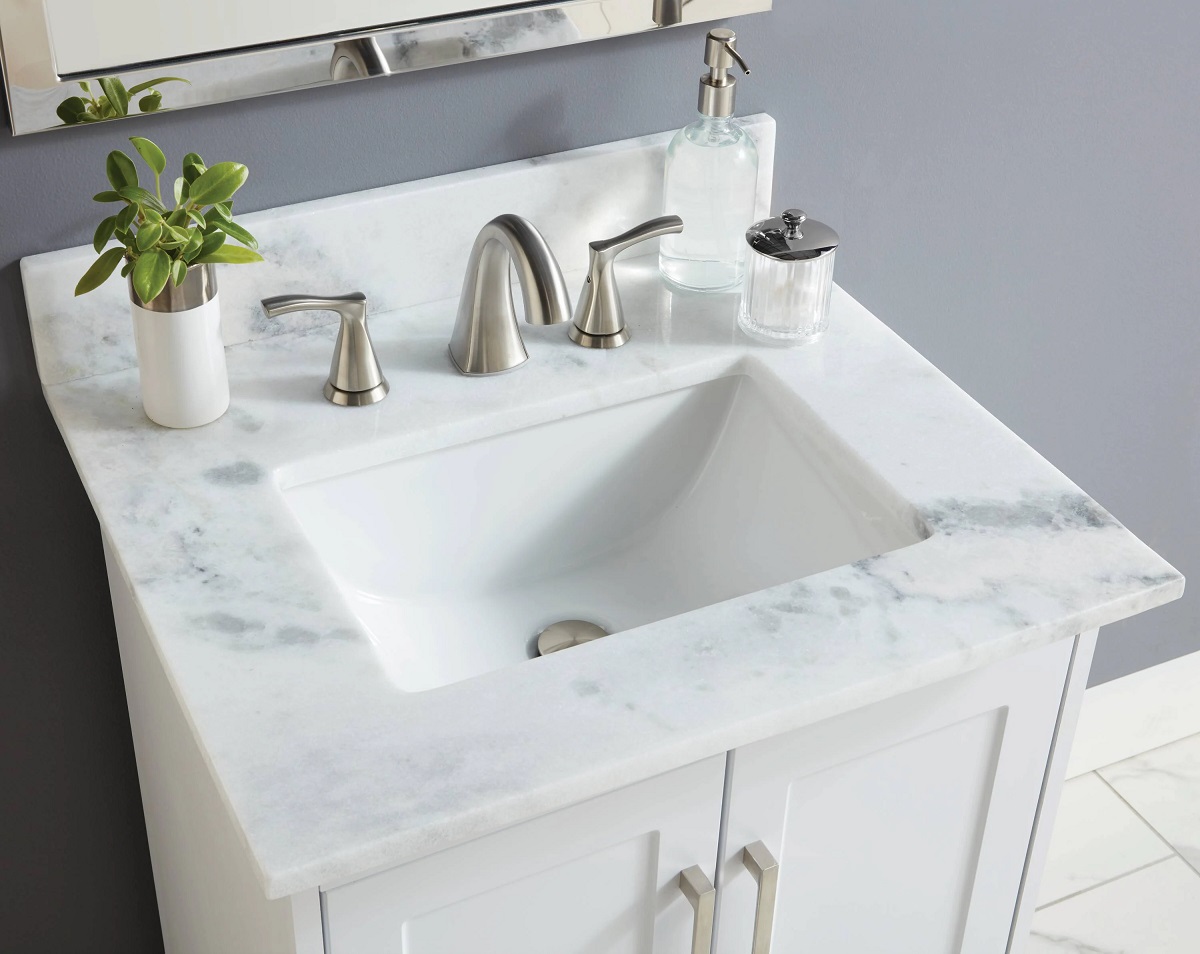
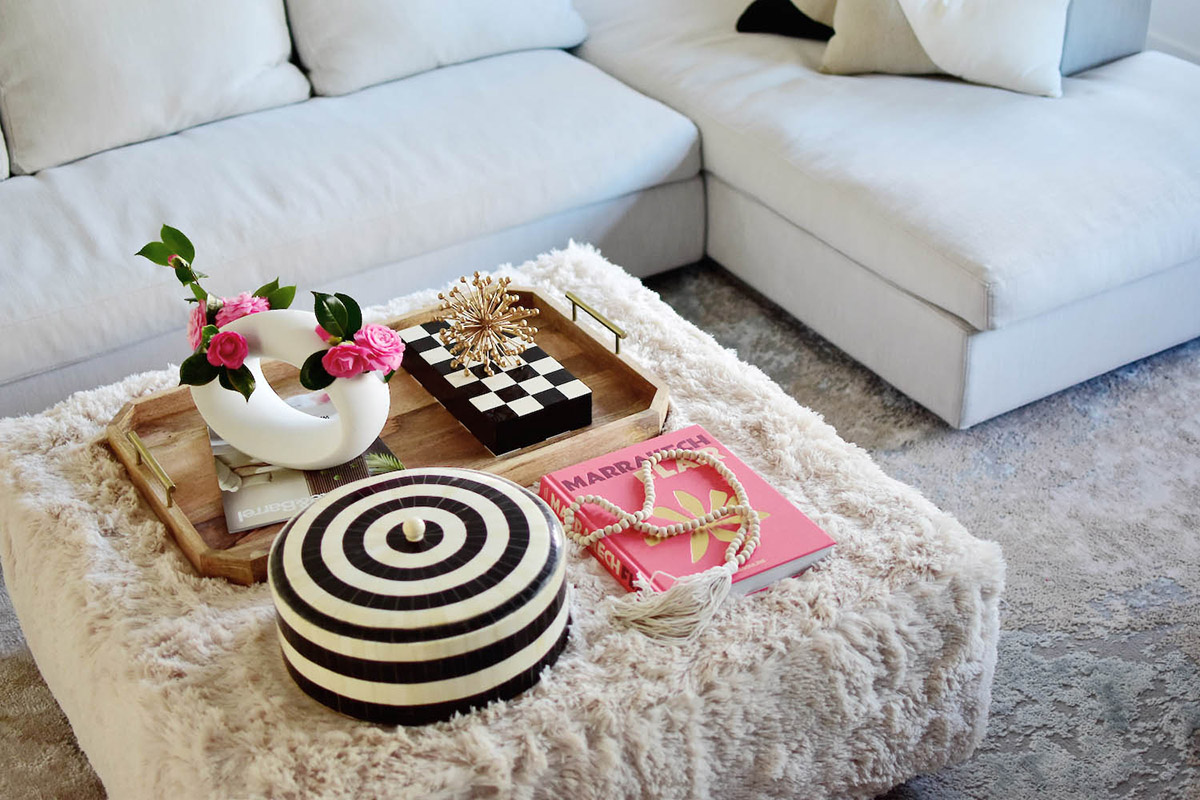
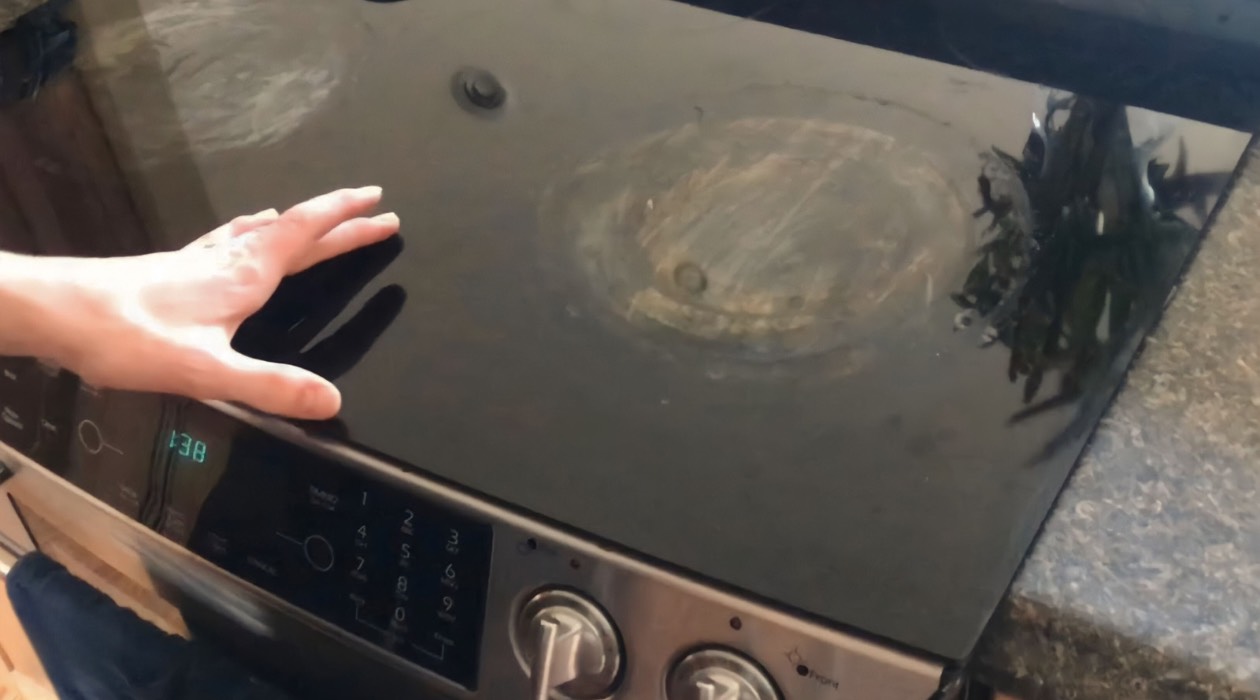
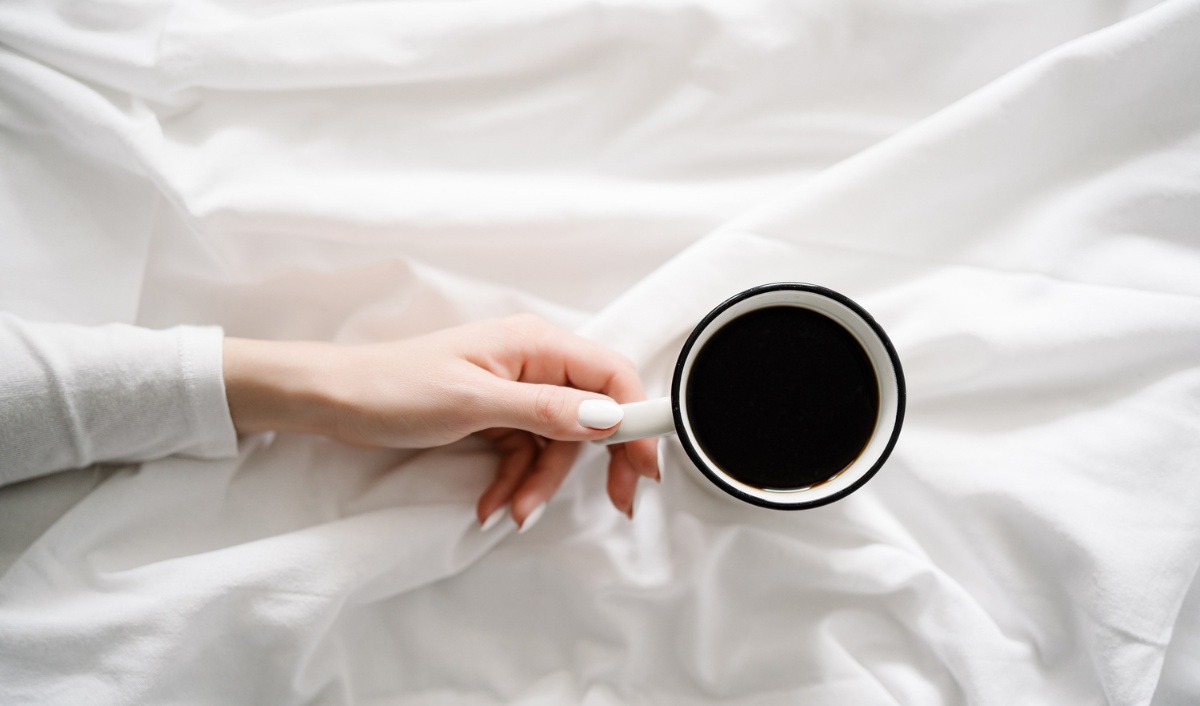
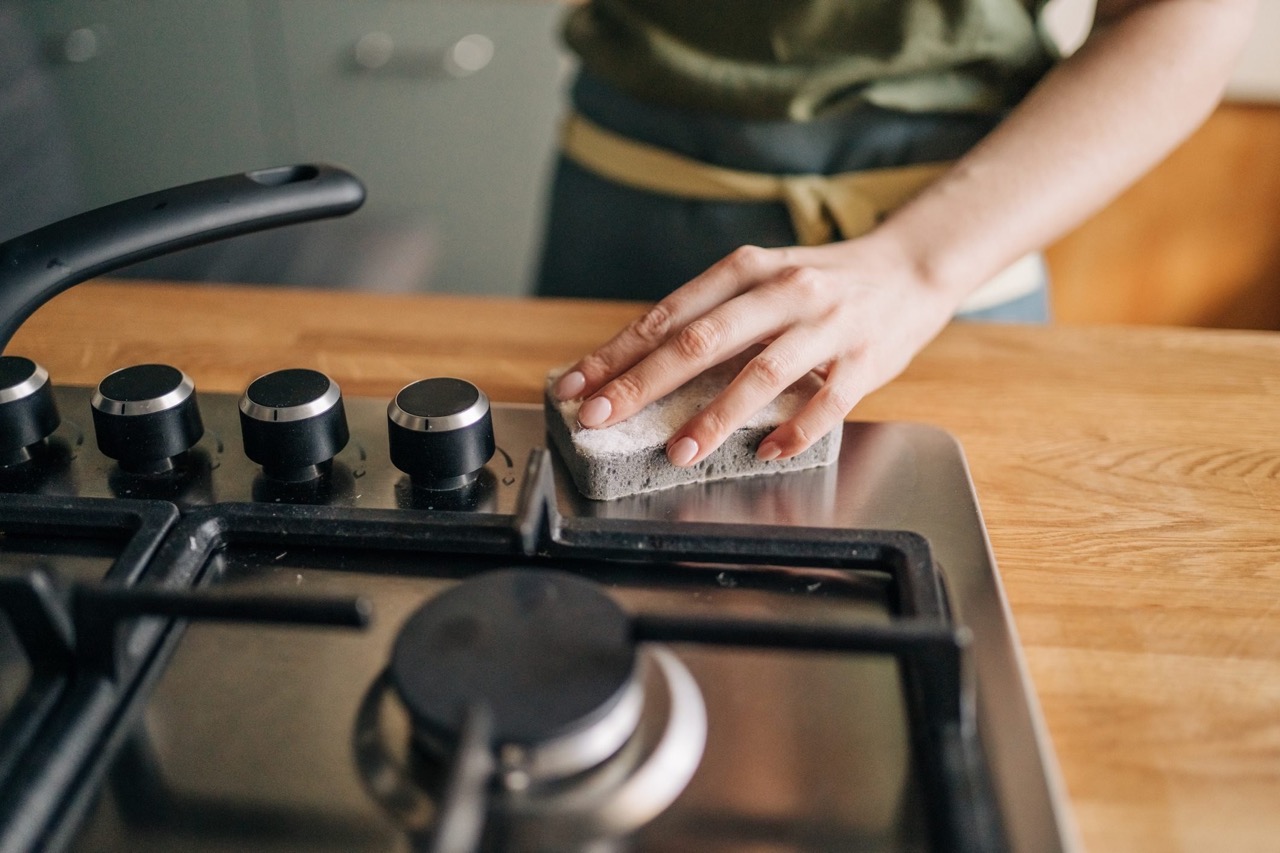

0 thoughts on “How To Remove Scratches From A Coffee Table”